This comprehensive guide dives deep into B2B demand generation, unpacking its complexities and sharing actionable strategies for B2B marketers.
Demand generation is key for driving business growth and market presence.
For example, Ahrefs, a leader in SEO and digital marketing tools, effectively uses B2B demand generation. By integrating SEO-driven content marketing, Ahrefs has successfully positioned its products as solutions to common digital marketing challenges.
Their approach combines educational blog posts, which demonstrate the practical use of their tools, with a free backlink checker tool, allowing users to experience their product's value firsthand.
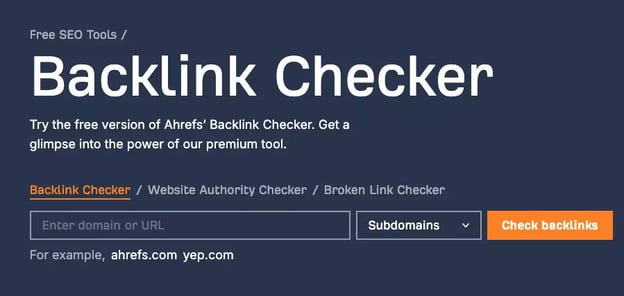
Image source: Ahrefs
Additionally, Ahrefs employs comprehensive content marketing strategies, including informative blog articles and YouTube videos, to attract and educate potential customers.
This is complemented by targeted email marketing campaigns that offer valuable resources, deepening customer engagement.
A strategic shift in their organic social media approach focuses on delivering actionable insights, enhancing audience engagement.
Finally, innovative B2B partnerships for content creation amplify Ahrefs' reach and demand generation.
These multifaceted strategies collectively contribute to Ahrefs' ability to build meaningful customer relationships, generate leads, and drive business growth.
Why is demand generation important?
At its core, demand generation is about more than just drumming up business; it's about strategically creating awareness and interest among your target audience.
This is a vital component of any company's marketing strategy, laying the groundwork for a robust sales pipeline and long-term customer relationships.
Demand generation is the process of generating a keen interest in your products or services. It's a long-term education-focused strategy that’s about reaching ”out of market” buyers and engaging with them.
This stage is crucial for sales teams and marketing teams alike, as it paves the way for deeper engagement.
The goal of demand generation is not just to push a product but to build a narrative around your brand.
It involves understanding the buyer personas and tailoring your content marketing strategies to address their needs and pain points.
This approach helps in nurturing qualified leads, eventually improving conversion rates.
Demand generation vs. lead generation
While often used interchangeably, demand generation and lead generation are separate although interlinked aspects of the marketing and sales process.
Demand generation is the first step in the sales funnel. It involves a range of activities from content creation, like blog posts and white papers, to social media marketing.
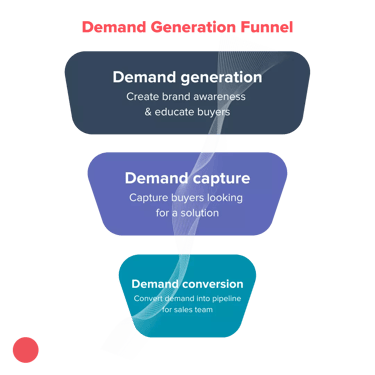
The aim here is to engage your target audience and establish your brand as a thought leader in the industry.
Lead generation, a subset of demand generation, focuses more narrowly on identifying potential customers who have shown a direct interest in your product or service.
It's about converting general interest into tangible, sales-qualified leads.
A B2B marketers’ guide to creating demand
For B2B marketers, creating demand involves a blend of creativity and strategic planning. There's a wide range of tactics at your disposal, each playing a unique role in your overall demand generation strategy.
Content marketing is a critical component in demand generation.
Creating relevant content that educates and informs your target audience helps in establishing your brand's authority. This could range from insightful blog posts to in-depth white papers and case studies.
SEO ensures your content ranks well on search engines, making it easier for your potential buyers to find you. It's about understanding what your ideal customers are searching for and optimizing your content to meet those queries.
Social media platforms offer a dynamic way to engage with your target audience. It's not just about promoting content but also about interacting with your audience, understanding their preferences, and building a community around your brand.
Email marketing remains a powerful tool in B2B marketing. From email campaigns to email newsletters, this channel allows for personalized communication with your audience, nurturing them through the buying journey.
How to create a demand generation strategy in 5 steps
Developing a successful B2B demand generation strategy requires careful planning and a deep understanding of your market.
Let’s explore the 5 steps you should take when putting together your strategy:
Step 1: Define your audience
The first step in any demand generation strategy is to define your target audience.
This involves conducting customer research to understand their needs, challenges, and preferences.
Using tools like buyer personas and customer interviews can provide valuable insights into your ideal customer profile.
This will help you to tailor your approach more effectively.
Step 2: Set SMART goals
Objectives in demand generation should be Specific, Measurable, Achievable, Relevant, and Time-bound (SMART).
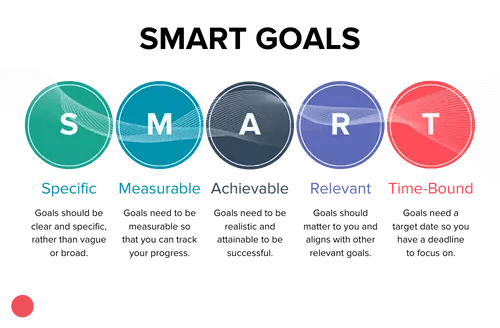
Whether it's increasing conversion rates, boosting email marketing effectiveness, or expanding the sales funnel, setting clear goals is crucial for measuring success.
Step 3: Understanding the customer journey
A deep dive into the customer journey helps in identifying key touch points where potential customers interact with your brand.
This knowledge is vital for tailoring your content marketing strategies and marketing tactics to guide prospective customers towards making a purchase decision.
Step 4: Create and distribute content
Effective content strategies are at the heart of demand generation.
This involves creating high-quality, relevant content that resonates with your audience and using the right channels, like social media platforms, blog posts, and email campaigns, to distribute it.
Step 5: Continuously analyse and optimize
Demand generation is an ongoing process.
Using tools like Google Analytics or HubSpot’s reporting dashboards, it's essential to continually analyse and refine your strategies based on performance metrics and customer feedback.
The role of inbound marketing in B2B demand generation
Inbound marketing is a transformative approach to B2B demand generation, marking a distinct shift from traditional 'push' marketing tactics to a 'pull' strategy.
Traditional marketing often relies on push strategies, where messages are broadcast broadly, hoping to catch the attention of potential customers.
This can include techniques like cold calling, mass mailings, or broad advertising campaigns. However, this approach can sometimes lead to inefficiencies, reaching many who may not be interested or ready to engage with your brand.
Inbound marketing, on the other hand, focuses on creating valuable content and experiences tailored to your target audience. This pull strategy is about attracting individuals who are already interested in your industry or have a specific need that your product or service can fulfil.
By providing relevant and useful content, inbound marketing draws in those who are a good fit and ready to engage further with your brand.
Inbound marketing emphasizes the creation of educational content, thought leadership articles, and other resources that help establish your brand as a trustworthy and knowledgeable authority in your field.
This approach not only attracts potential customers but also nurtures a relationship with them, building trust over time.
Gated content, such as exclusive webinars, in-depth guides, or whitepapers, is an effective inbound marketing tool. It serves a dual purpose: providing valuable information to your audience and capturing lead information for further nurturing.
By offering high-quality, gated content, you can effectively 'pull' interested parties into your sales funnel.
Integrating sales and marketing for effective demand generation
For demand generation to be effective, the integration of sales and marketing efforts is non-negotiable.
Both teams must work together, with a shared understanding of goals and processes. This collaboration ensures that the strategies implemented are cohesive and targeted towards common objectives.
Sales teams play a crucial role in lead qualification. By evaluating the leads generated by marketing efforts, sales can provide valuable feedback on lead quality.
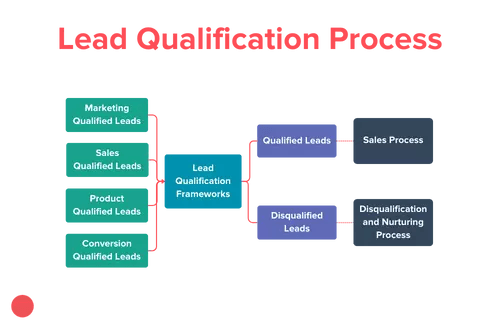
This feedback is vital for marketing teams to optimize their strategies and focus on generating high-quality leads that are more likely to convert.
Effective lead nurturing is also a shared responsibility. While marketing creates the initial touchpoints with content and campaigns, sales teams continue this effort by engaging in personalized communication, building relationships, and guiding leads through the sales process.
Additionally, since sales teams are on the frontline of customer interaction they often encounter objections or concerns. Sharing these insights with the marketing team can help refine messaging and content strategies, ensuring that future campaigns address these pain points more effectively.
The most important role of the sales team in demand generation is closing deals. By leveraging the groundwork laid by marketing in identifying and nurturing potential customers, sales can effectively seal the deal, turning leads into valuable customers.
Measuring success: metrics and KPIs in demand generation
Demand generation campaigns can significantly vary based on industry specifics, requiring a nuanced approach to measuring success.
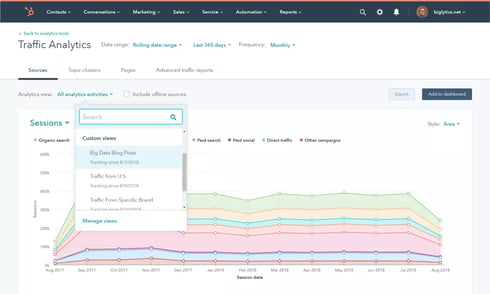
Image source: HubSpot
Here are key metrics to consider, which can be adapted and prioritized according to your industry's unique demands and characteristics:
- Website sessions: Monitor the number of sessions on your website, reflecting the effectiveness of your activities in driving traffic.
- Contacts/leads generated: Keep track of the total number of leads generated, a fundamental metric for initial demand generation success.
- Lead quality: Assess the quality of leads based on fit with your ideal customer profile and likelihood to advance in the sales funnel.
- SQLs: Count the leads that are deemed 'sales qualified' and ready for direct sales engagement.
- Conversion rates: Measure conversion percentages at various stages of the sales funnel, particularly from lead to opportunity and opportunity to deal closure.
- Deals generated: Track the number of deals directly resulting from your demand generation efforts.
- Revenue closed/won: Calculate the total revenue generated from successfully closed deals.
- Email metrics (if running email campaigns): Key metrics include open rates, click-through rates, and conversion rates.
- Social metrics (if running social campaigns): Monitor engagement rates, shares, likes, comments, and conversion metrics on social platforms.
- Cost per lead: Determine the average cost to acquire each lead, assessing the cost-effectiveness of your campaigns.
- Marketing ROI: Calculate return on investment by comparing the revenue generated with the cost of marketing activities.
How Huble can enhance your B2B demand generation efforts
When it comes to B2B demand generation, having an expert partner can make all the difference. This is where we come in.
At Huble, we specialize in providing expert-led marketing consultancy services, tailor-made to address the unique challenges and objectives of your business.
From devising effective content marketing plans to optimizing your digital presence, our comprehensive approach ensures every aspect of your demand generation is covered.
Speak with our team and learn more about how we can help drive your B2B demand generation to new heights.












.png)





